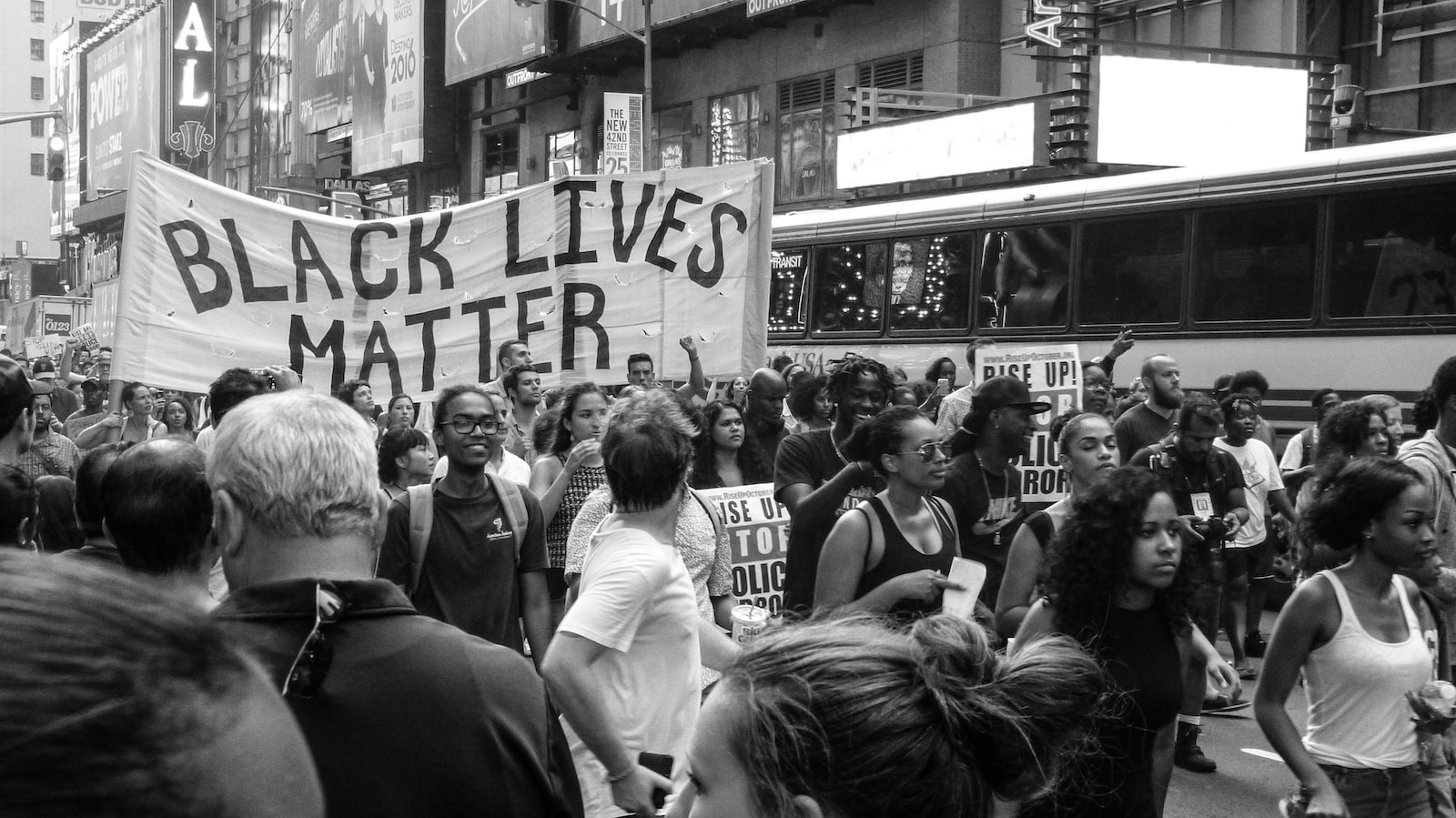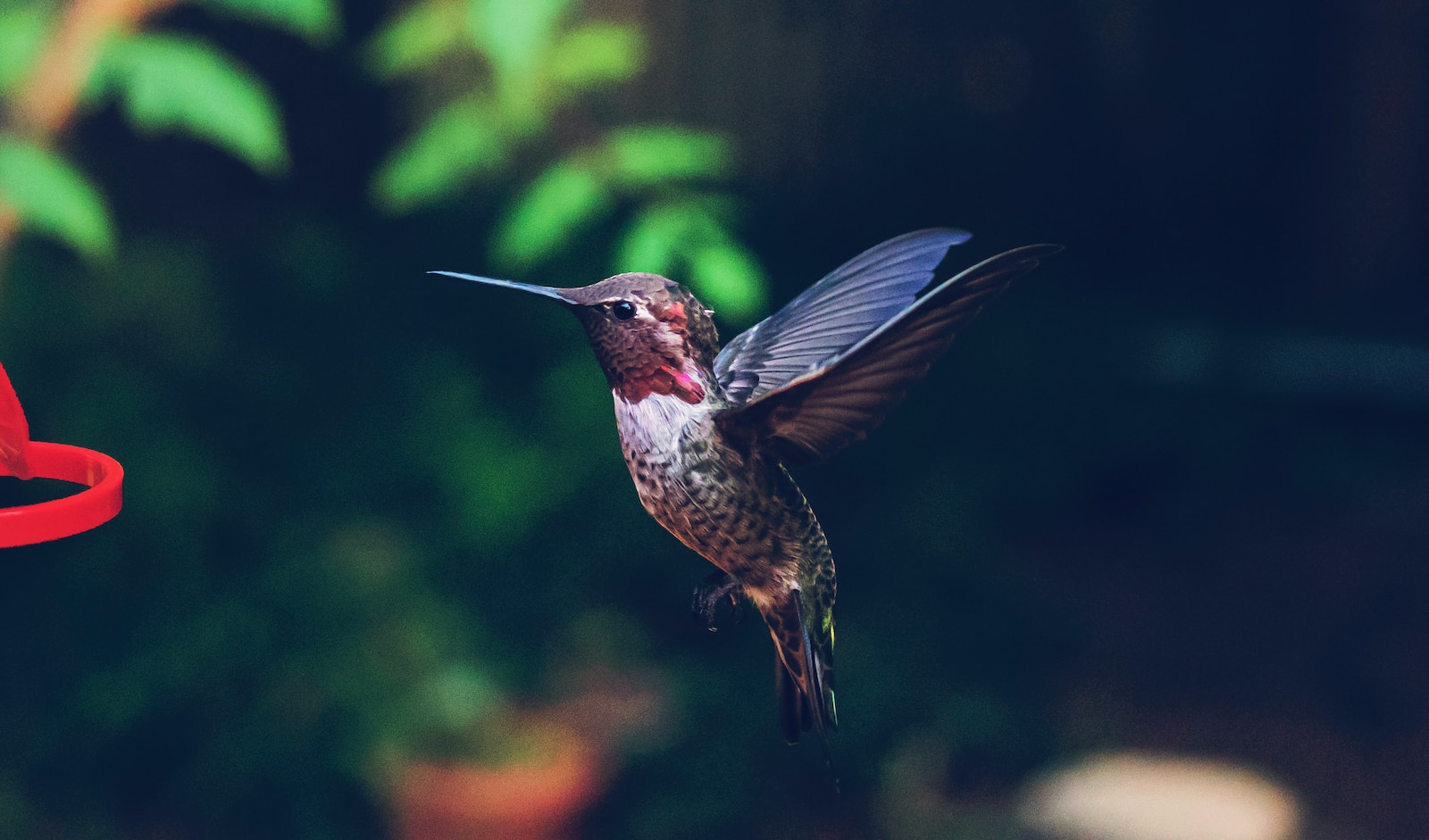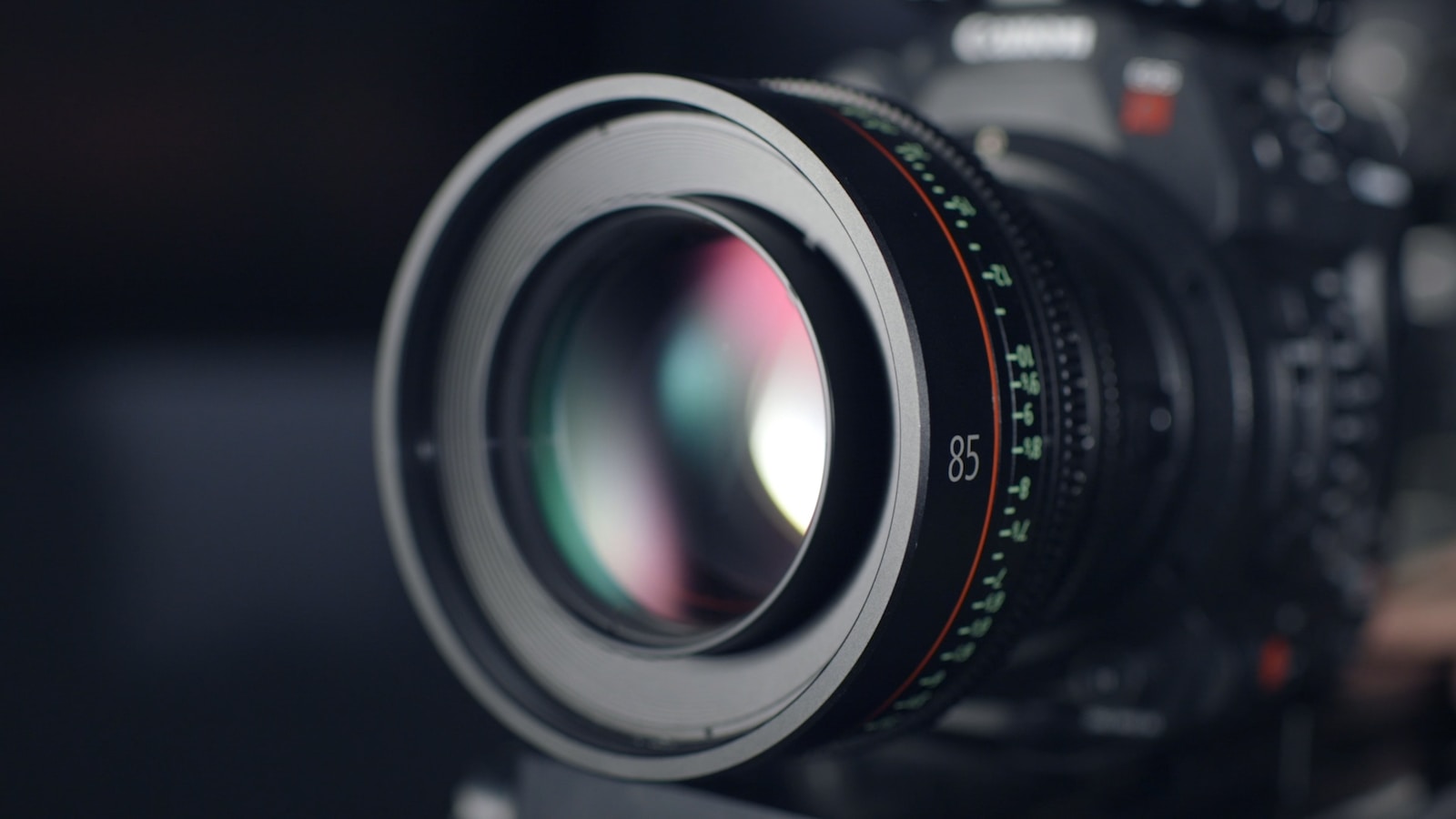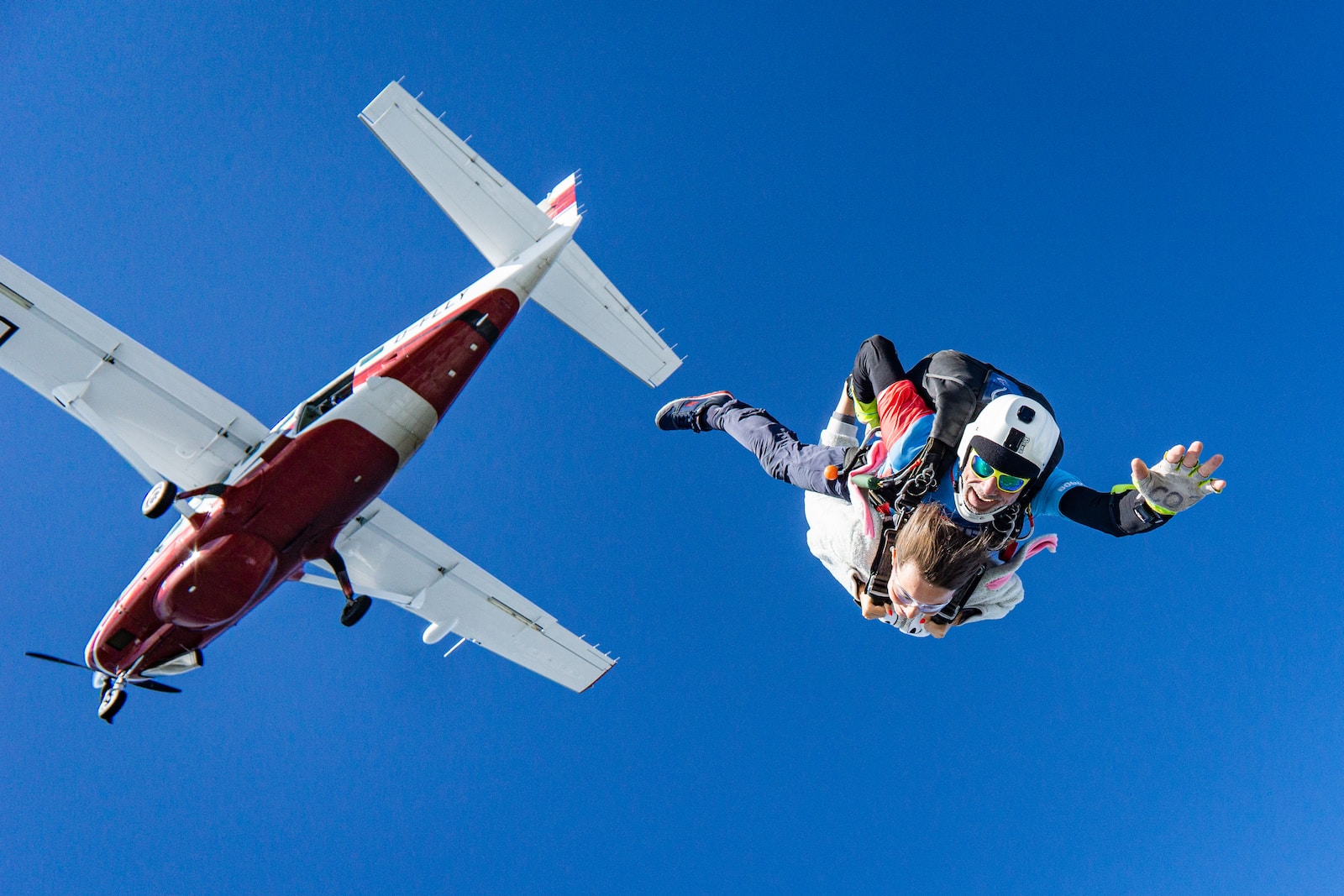Welcome to “From the Frontlines: A Guide to Photojournalism”! In this captivating blog, we will embark on a thrilling journey into the exciting world of photojournalism and uncover the secrets to capturing compelling stories that transcend borders and captivate the world. Whether you’re an aspiring photojournalist, a photography enthusiast, or simply curious about the powerful impact of visual storytelling, this blog will equip you with essential insights, techniques, and inspiration to become a master of the camera and the art of documentation.
Table of Contents
- The Power of Photojournalism: Capturing Stories that Matter
- The Power of Photojournalism: Capturing Stories that Matter
- Timing is Everything: When to Capture the Perfect Shot
- Frequently Asked Questions
- 1. What is photojournalism?
- 2. How do I become a photojournalist?
- 3. What equipment is essential for photojournalism?
- 4. How do I tell a compelling story through my photographs?
- 5. How can I find photojournalism opportunities?
- 6. What ethical considerations should I keep in mind as a photojournalist?
- 7. How can I improve my photojournalism skills?
- Wrap Up
The Power of Photojournalism: Capturing Stories that Matter
When it comes to photojournalism, the subject you choose to photograph plays a crucial role in capturing powerful stories that can make a lasting impact. Whether it’s a current news event, a social issue, or a documentary project, selecting a subject that is both visually compelling and thought-provoking is key to creating images that resonate with viewers. Here, we will explore some fascinating subjects that lend themselves well to impactful photojournalism and discuss techniques to make your photographs truly stand out.
Documenting Environmental Issues
Environmental issues have become increasingly prominent in the news, making them an excellent subject for photojournalism. From climate change to deforestation, photographing the impact humans have on the planet can bring attention to these important issues. Consider capturing images of polluted landscapes, melting glaciers, or the effects of natural disasters. Incorporate dynamic elements like contrasting colors, leading lines, and strong composition to visually communicate the urgency and scale of the problem.
Uncovering Social Injustice
Photojournalism has long been a powerful tool for exposing social injustices, giving a voice to marginalized communities and shedding light on systemic problems. Consider photographing subjects such as poverty, discrimination, or human rights violations. Seek out opportunities to capture moments that evoke emotions and tell the untold stories. Use a combination of close-ups and wide-angle shots to create a visual narrative that draws viewers into the scene. Experiment with lighting and perspective to convey the mood and atmosphere accurately.
You can also take advantage of the digital age by sharing your work on various online platforms, increasing its reach and potential impact. Utilize social media, blogs, and websites to showcase your images and share the stories behind them. Don’t forget to optimize your content using relevant keywords like “photojournalism,” “photography,” and “documentary” to improve your search engine rankings and attract a wider audience.
Remember, photojournalism is not just about capturing aesthetically pleasing images; it is about telling important stories and inspiring change. By selecting subjects that have a significant social or environmental impact and employing effective techniques, you can create visually striking photographs that leave a lasting impression on viewers. So grab your camera, head to the frontlines, and let your photographs be the catalyst for change.
Did you know that the first ever dedicated photojournalism magazine, The Illustrated London News, was published in 1842 and set the stage for the future of visual storytelling?
The Power of Photojournalism: Capturing Stories that Matter
Photojournalism is not just about capturing beautiful images; it is about documenting real-life stories and events that have the potential to shape our world. A photojournalist goes beyond the surface to unveil the truth and provide a visual narrative that can evoke emotions, raise awareness, and inspire change. To become an effective photojournalist, it is essential to have the right equipment that enables you to capture these powerful moments. Here, we will explore the best camera, lenses, and other essential equipment for photojournalism.
Finding the Perfect Camera
When it comes to choosing a camera for photojournalism, there are several factors to consider. Firstly, opt for a camera that offers a high resolution and image quality. This ensures that your photographs have the clarity and detail needed to convey the story effectively. Look for a camera with a minimum of 24 megapixels and a full-frame sensor for exceptional image quality.
Another crucial aspect is the camera’s low-light performance. As a photojournalist, you often find yourself in challenging lighting conditions, such as dimly lit rooms or night scenes. A camera with good low-light capabilities will allow you to capture vivid images even in these demanding situations.
Additionally, consider a camera with a fast and accurate autofocus system. This feature is essential for capturing fleeting moments or capturing subjects in motion. A responsive autofocus system ensures that you never miss a critical moment.
The Power of the Right Lenses
Choosing the right lenses is equally important in photojournalism. It is advisable to have a versatile lens kit that covers a wide range of focal lengths. For instance, a standard zoom lens (24-70mm) is excellent for capturing general scenes, while a telephoto lens (70-200mm) allows you to zoom in on distant subjects, enabling you to capture intimate moments without disturbing the scene.
Wide-angle lenses (16-35mm) are indispensable for photojournalists as they help capture expansive scenes, environmental portraits, and group shots. These lenses create a sense of context and enable viewers to immerse themselves in the story.
For situations where discretion is crucial, consider a prime lens with a wide aperture, such as a 35mm or 50mm. These lenses allow for a shallow depth of field, creating a blurred background that directs the viewer’s attention to the subject.
Other Essential Equipment
In addition to the camera and lenses, photojournalists should also consider other equipment that enhances their ability to capture crucial moments.
One of the essential tools for any photojournalist is a sturdy tripod. This accessory provides stability and allows for long exposure shots, sharp images in low light, and composition flexibility. Invest in a lightweight and durable tripod that can withstand the demands of on-field assignments.
A camera bag specifically designed for photojournalists is also a must-have. Look for a bag that offers ample space to carry your camera, lenses, and other essential accessories while providing quick and easy access to your equipment. Ensure that the bag is comfortable and designed to withstand various weather conditions.
Finally, a set of memory cards are vital to a photojournalist. Invest in high-quality, fast, and reliable memory cards with large storage capacities. This ensures that you can shoot without worrying about running out of space or experiencing delays when capturing critical moments.
Remember, the best camera, lenses, and equipment are essential tools in a photojournalist’s kit, but it is ultimately the skills, passion, and dedication that enable you to tell stories that matter. So, equip yourself with the right gear and venture into the world, ready to capture the truth, one frame at a time.
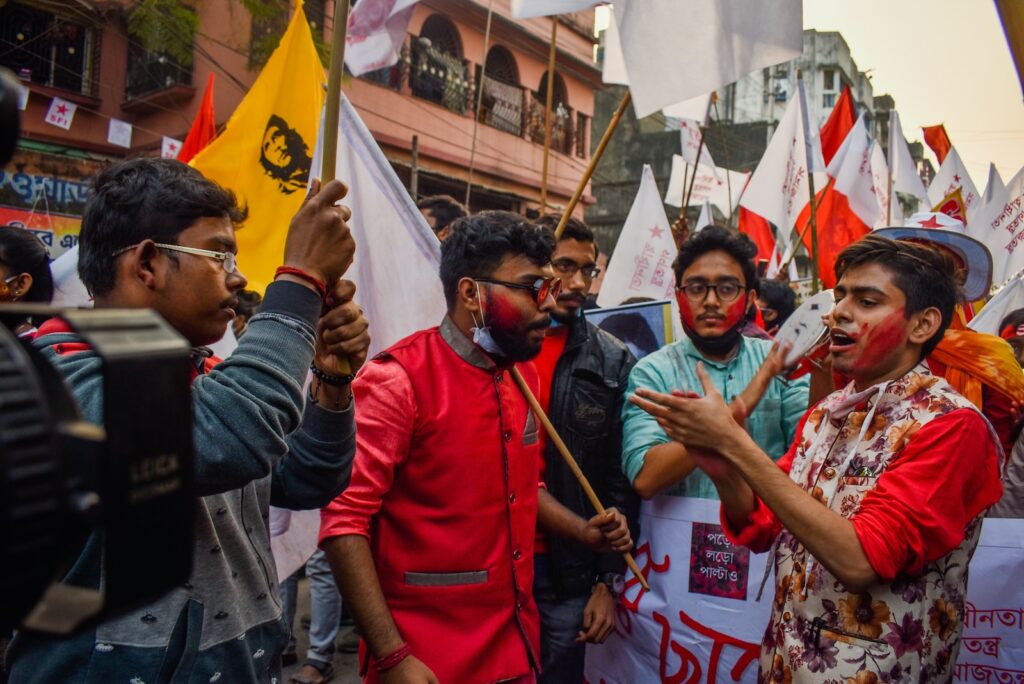
Timing is Everything: When to Capture the Perfect Shot
Photojournalism is all about capturing real-life moments that tell a story. To ensure you are in the right place at the right time, understanding the best timing for different events can make a world of difference.
For example, if you are covering a protest or a political rally, it is crucial to arrive early to capture the crowd gathering and the speakers preparing. This initial energy sets the stage for the main event and captures the emotions of the participants.
On the other hand, in natural disaster situations, the immediate aftermath is often the most chaotic and newsworthy. Arriving as soon as possible allows you to document the destruction, people’s reactions, and the efforts of emergency responders.
Vantage Points and Positions: Framing Your Shot for Maximum Impact
Choosing the right vantage point and position can enhance the impact of your photographs. Here are a few options to consider:
- Front and Center: Position yourself at the front of the action. This allows you to capture the raw emotions and expressions of the subjects, giving your photos a sense of immediacy and intimacy.
- Overhead Perspective: Climbing to a higher vantage point provides a unique perspective. This works well in crowded events or protests, allowing you to capture the scale of the gathering or the patterns formed by the human flow.
- Behind the Scenes: While the focus of photojournalism is often on the main event, don’t overlook the power of behind-the-scenes shots. These candid moments offer a glimpse into the preparations, emotions, and interactions unseen by the audience.
- Wide-Angle and Environmental Shots: In certain situations, stepping back and capturing the broader context can be impactful. This is particularly useful in documenting the effects of environmental disasters or long-running social issues, where a wider perspective can convey the scale and scope of the story.
- Getting Close: Sometimes, getting up close and personal can create a stronger visual impact. This approach allows you to focus on the details, capturing the emotions of an individual or the intensity of a moment.
Remember, the best position may vary depending on the specific event or story you are covering. Experiment with different angles and positions to find the one that truly captures the essence of the moment.
Photojournalism is a powerful tool for storytelling, allowing us to witness and understand the world around us. By mastering the art of timing and finding the perfect vantage point, you can truly bring stories to life through your lens.
One helpful photography tip for photojournalism is to always be prepared. Keep your camera bag stocked with essential equipment like extra batteries, memory cards, and a lens cleaning kit. This ensures you're ready to capture those crucial moments without any technical interruptions or setbacks.
Frequently Asked Questions
1. What is photojournalism?
Photojournalism is a branch of journalism that uses photographs to tell stories and convey news. It combines the power of visual imagery with the objective of reporting current events or documenting social issues.
2. How do I become a photojournalist?
Becoming a photojournalist requires a combination of technical skills, storytelling abilities, and a passion for capturing real-life events. Start by honing your photography skills and building a strong portfolio. Pursuing a degree in photojournalism or journalism can also provide valuable education and networking opportunities.
3. What equipment is essential for photojournalism?
A camera with manual control settings and interchangeable lenses is a must for photojournalism. Additionally, investing in a sturdy tripod, external flash, and a range of lenses (e.g., wide-angle, telephoto) will give you versatility in capturing different situations.
4. How do I tell a compelling story through my photographs?
To tell a compelling story through your photographs, it’s essential to understand the subject matter, the context, and the emotions involved. Capture moments that evoke emotions and use composition techniques such as leading lines or the rule of thirds to create visually engaging images. Remember, practice and experimentation are key to developing your storytelling skills.
5. How can I find photojournalism opportunities?
Start by reaching out to local newspapers, magazines, or online publications that cover news or feature stories. Building relationships with editors and keeping an eye on freelance platforms can also lead to photojournalism opportunities. Additionally, consider volunteering for nonprofit organizations or covering events in your community to gain experience and exposure.
6. What ethical considerations should I keep in mind as a photojournalist?
As a photojournalist, it is important to prioritize accuracy, truthfulness, and respect for your subjects. Obtain informed consent whenever possible, avoid staging or altering images, and provide context when sharing photographs. Respect the privacy and dignity of your subjects, especially in sensitive or vulnerable situations.
7. How can I improve my photojournalism skills?
Continuous learning and practice are key to improving your photojournalism skills. Seek feedback from fellow photographers or mentors, attend workshops or photography conferences, and study the works of established photojournalists. Experiment with different storytelling techniques and embrace the power of visual storytelling in your own unique way.
Remember, photojournalism is about capturing real-life stories that matter, so let your passion for storytelling guide you as you embark on your photojournalism journey.
Wrap Up
As we conclude this deep dive into the powerful world of photojournalism, I hope you have gained a better understanding of this impactful art form. Remember, being a photojournalist goes beyond just owning a camera; it requires a passion for storytelling and a commitment to capturing the truth. Whether you’re documenting breaking news or telling a compelling human interest story, let your photos speak volumes and ignite change.
I encourage you to engage with this blog by leaving comments and sharing your own experiences in the field of photojournalism. Together, let’s continue to capture stories that matter and inspire others to take action.
